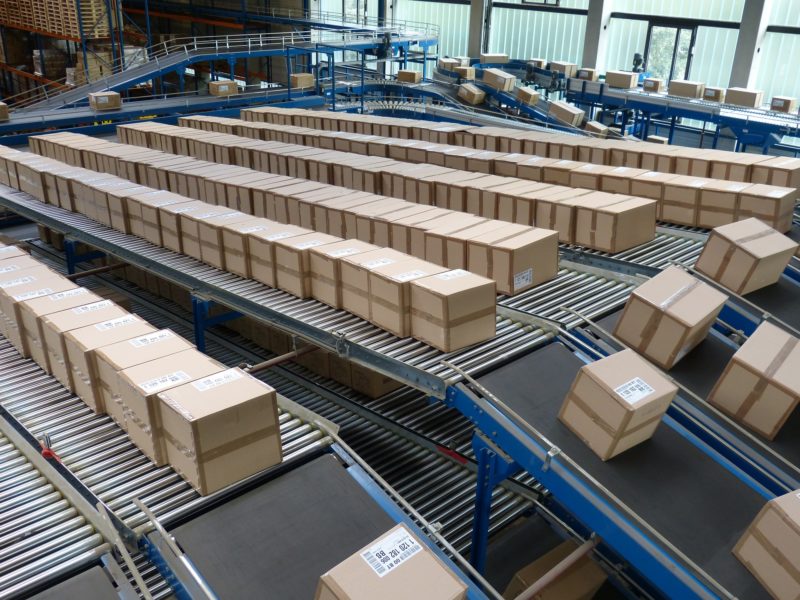Last time in Sales, Inventory & Operations Planning (SiOP) – Part Two I talked about the Demand step of the cross-functional process of SiOP. For this blog we will discuss the Inventory step.
Inventory
Where inventory was the ‘buffer’ between the sales trying to maximize service and the operations trying to minimize cost, that inventory ‘buffer’ is now part of the game itself, in that the CFO wants to minimize inventory to free up cash. That is the reason why we have opted for the terminology of Sales, Inventory and Operations Planning or SiOP. At least in our perception the term Integrated Business Planning or IBP was hot 5 years ago but S&OP and SiOP are again more mainstream.
How much inventory do we really need? That’s a hard but also a crucial question to answer.
It starts with defining your stock and non-stock or MTS/MTO items. The best stock is the one you can avoid. In general, we see that companies struggle with agreeing on which product should be in which category. In our mind, we should again use the ROCE principle. A non-stock product typically carries a longer lead time.
Ask yourself what will be the impact on the turnover and the EBIT. If you are the only one with the capability to supply, the impact may be zero. If there are 10 competitors that can easily supply from stock, no stock may mean no business. If you do carry stock for the product, think about the cost involved in carrying it (typically expressed as a % of the product cost). Those costs may need to be subtracted from the margin to see the ‘true’ or ‘net margin’. Try to compare different scenarios for your product portfolio: compare the EBIT generated for the inventory dollars invested. High margin products that are easily delivered by the competition will stay on stock. Low margin products where the customer has no alternative will typically become non-stock products. Ensure that your toolset allows this type of analysis!
In a next step, for your stock items, you need to calculate your inventory parameters. What is our safety stock? What is our lot size or production frequency? Still too many companies are using simplistic policies like ‘we are putting 10 days of safety stock for all items’ or ‘we make the fast movers once a week’. Some more advanced calculations for your inventory parameters can typically improve service and cost while reducing inventory. It’s been 10 years I’ve finished my PhD on multi-echelon inventory optimization. Probably only 1 out of 10 companies have already implemented. The potential of advanced inventory techniques is still huge. As pressure on working capital increases, we believe their adoption will gradually improve.
Inventory parameters are an input to your supply planning process. In fact they show the minimal level of inventory you need to carry. Prebuilding stock in anticipation of a shutdown or a seasonal peak will further increase the inventory. Buying stock for a strategic reason, e.g. because of a low price level or in anticipation of a shortage will again further increase the inventory level. Not a lot of companies have a clear view on their projected inventory nor what is the reason they are carrying how much. In the new economic reality where cash is a constraint, having a projected inventory is a hard requirement. Next to a good calculation of inventory parameters, it also requires a good planning system. Assure that your supporting toolset has both.
Where a good plan is a good start, you know that reality will be different. We sold less than anticipated, we produced more than planned, part of production got blocked in QA, we outsold because of an unplanned promotion or tender, … Both directions are harmful. Carrying too much inventory is not putting the cash at optimal use and even risks hurting you twice as you need to write it off. Carrying too little puts service and sales at risk. Good inventory reporting and follow-up is required to keep your inventory in balance. It is also key in identifying root causes of deviations. Ensure that your toolset allows this type of reporting and follow-up of appropriate actions. Always remember that you need to have the right level of inventory, but it also needs to be balanced at the SKU level!






